Description
Urban issues are becoming increasingly important than ever before. There is a direct relation to population pressure, gradual migration from rural areas, and large scale infrastructure development. Thus, there is increasing concentration of assets in the urban areas. This population and asset concentration is also exposing the urban areas to increasing pressure from the natural hazards, especially climate related hazards like typhoons, flood, flood induced landslides etc. Recognizing the fact that urban disaster and climate related risks need utmost attention from those who are at risk (i.e. the community), this book aims to facilitate risk reduction process in a sustainable manner with the help of urban environmental improvement at neighborhood level in coastal cities of India.
The book consists of eleven chapters. The first chapter sets the background for the current problem, and the research approach, followed by investigating those issues which need further research and establishes need to understand local environmental issues to address global environmental risks. Chapter 2 and 3 focuses on various efforts of urban environmental management and also looked at urban risk from the lenses of community vulnerabilities. Challenges of integrating urban risk reduction into urban development, local government planning, budgeting, welfare programs, with community consultation are extremely important in this regard. Chapter 4 attempts to understand the link between cities and climate change with regard to role of local communities, and Chapter 5 investigates institutional structure at different levels along with policies and programs and further presents a possibility for interlinking towards sustainable urban development.
Chapter 6 introduces case-study cities with detailed description of two coastal cities: Mumbai and Puri, followed by case study descriptions in Chapter 7 (land use planning, informal settlements and solid waste management in Mumbai), Chapter 8 (disaster and environmental risks exposure, Disaster Management Plan and Environmental Status Report of Mumbai), Chapter 9 (2005 Flood and its impacts on the community based activities in Mumbai), and Chapter 10 (eco community activities in Puri). Chapter 11 summarizes the discussion and synthesis towards ‘disaster resilient eco-communities’, with suggestive framework where local community based participatory vehicle plays the most important role.
This book reveals that, to enhance the disaster resilience of the cities and communities, environmental risk management is the most crucial entry point. Citing the example of the Advanced Locality Management (ALM) of Mumbai city corporation (which was primarily targeted at solid waste management), the book shows that the areas of the cities having better ALM operation was successful to reduce the impacts of 2005 floods. A similar eco-city approach (focusing on the community based environmental management) was reported from Puri, which also resulted in higher disaster resilience.
Lastly, no research is perfect and complete. The concept of resilience is evolving, and new risks are arising. This book is based on first-hand field experience and data collection through questionnaire survey, interview and personal observations. Based on the findings of the research, the book suggests innovative approach of urban environmental management, leading to disaster resilience. This is a modest attempt to bring the environment and disaster risk reduction field closer to each other, and to address this huge problem. We will be happy if the professionals, practitioners and researchers of the related field find it suitable and useful. Hope, this book will generate new ideas for future research.
Readership: Climatologists, social scientists, researchers, policymakers and students with an interest in Disaster risk reduction and Environmental Improvement.

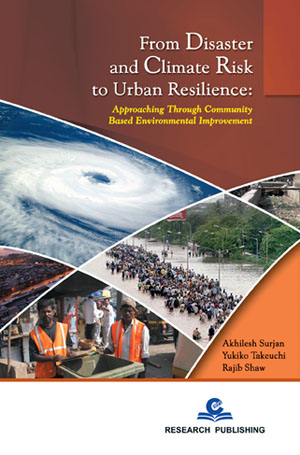
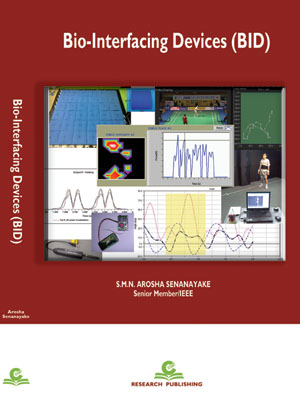
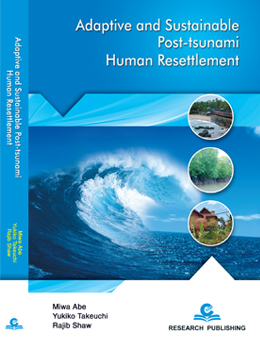
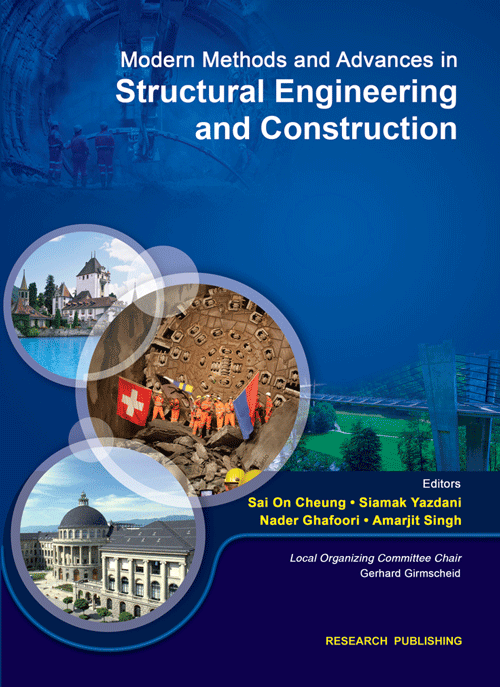
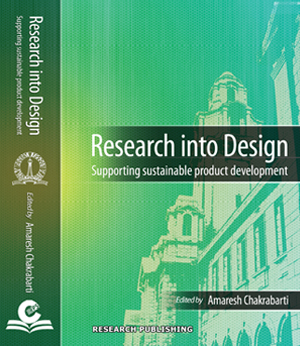
Reviews
There are no reviews yet.